Mahatma Gandhi is the central figure in the Indian independence movement who protested peacefully against British colonial rule. The teachings and principles of Gandhi define the identity of India until now. His simple self-woven dress, sandals, and round glasses gave him an unusually puritan look. He repeatedly went on a hunger strike fighting for the rights of the „untouchables” (the most vulnerable in society), the equality between women and men, and between different religions. Gandhi was assassinated six months after the country gained its independence. He did not want to be idolized and said he had nothing to teach the world because “truth and non-violence are as old as the hills.”
Famous quotes of Gandhi
„Be the change that you want to see in the world.”
„Live as if you were to die tomorrow. Learn as if you were to live forever.”
„You may never know what results come of your actions, but if you do nothing, there will be no results.”
„What we are doing to the forests of the world is but a mirror reflection of what we are doing to ourselves and one another.”
„The greatness of a nation and its moral progress can be judged by the way its animals are treated.”
- Famous quotes of Gandhi
- The road to South-Africa
- Nearly 20 years in South Africa
- The core teaching and principle of Gandhi: the peaceful Disobedience Movement, the „Satyagraha”
- Gandhi returns to adapt his principles in India
- India gains independence at the cost of the partition of Pakistan
- The assassination of Gandhi
The road to South-Africa
Gandhi was born in 1869 in Gujarat state, in a wealthy family under the name Mohandas Karamchand Gandhi.
The Nobel laureate poet Rabindranath Tagore gave him the honorary title, “Mahatma” (Great Souled).
Gandhi’s father governed one of the Principalities in the State of Gujarat as a minister. He got married at the age of 13 as his parents wished and missed a year for that in school. His wife, Kasturba, was an illiterate, simple woman. He finished high school in Bombay and wanted to become a doctor. But because his religion condemns vivisection, he decided to follow the family tradition to become a civil servant. He went abroad to study law in London for three years. Before leaving, he made a vow of self-restraint to which he remained loyal throughout his life. He already had four children before he left.
He returned to India as a graduated lawyer, but he failed at the beginning of his career. At his first trial, he got confused and fell into a chair in the middle of his speech. He soon realized that working as a lawyer contradicted his beliefs about the truth. So he returned to his village, handed in applications. Finally, an Indian company called him to South Africa. Although he was not keen to leave India, it was an offer too hard to refuse.
Nearly 20 years in South Africa
He arrived in South Africa in 1893, where he finally spent 20 years. Till the age of 18, Gandhi hardly read the newspapers. He did not show any interest in politics as a student or a practicing lawyer. But at the age of 25, he suddenly changed and became a spokesman for the Indian minority in South Africa.
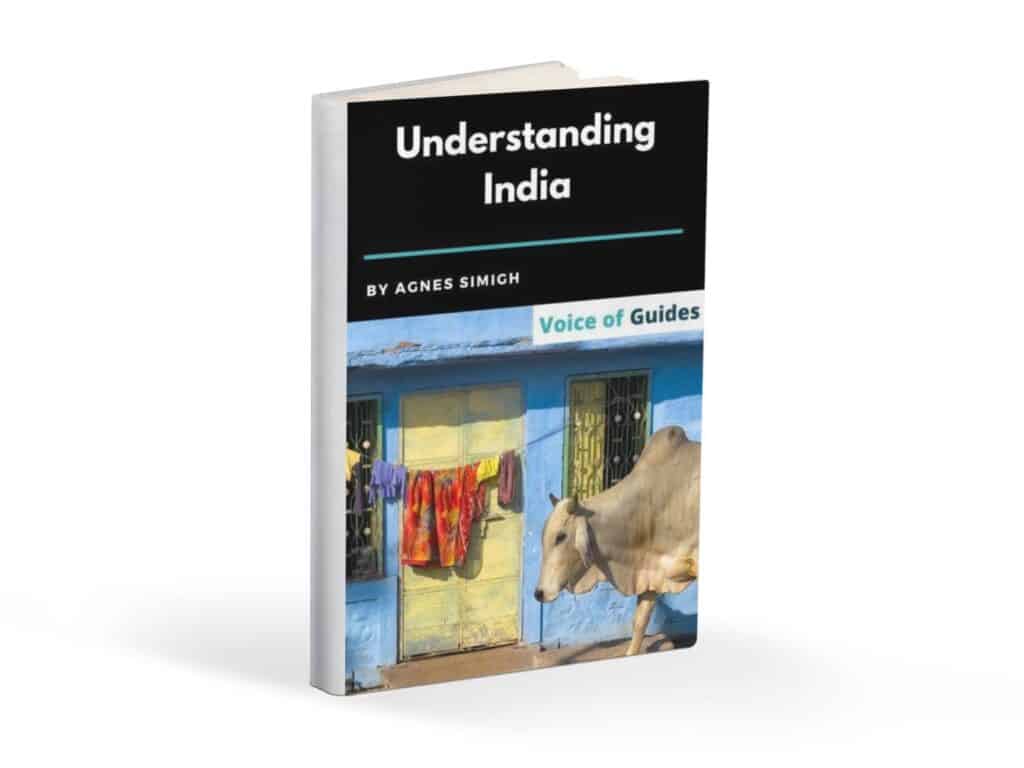
After the British abolished slavery, they used contracted laborers from the colonies, including Indians, to cultivate their lands. For many landless Indians, this was a possible way out of the misery, and they could later decide to return to their country or settle in South-Africa. In South Africa, he encountered several racial discriminations against his compatriots. The colonists despised and called them “untouchables”. They forced them into townships (ghettos) and could not use the sidewalk in some places or be on the street after 9 pm.
He also faced humiliation after he arrived in India. Once, when he was traveling to Pretoria on the first-class, he had to go over to another wagon. They forbid him to sit among the white people on the bus. His access was denied to most hotels saying it was only open to Europeans.
When he learned that there was a plan to deprive the Indians of their voting rights, he said as a spokesman for the Indian community: “This is the first nail in our coffin”.
He returned to India in 1896 to take his family with him. At the same time, he gave speeches throughout India about the harsh circumstances of Indians in South-Africa to get supporters. He bombarded the British with petitions due to the insults against Indians.
The core teaching and principle of Gandhi: the peaceful Disobedience Movement, the „Satyagraha”
In 1906 a humiliating decree required immigrants over the age of 8 to sign up at the police, register themselves stating their ethnicity, religion, and caste and apply for their identity certificate. Otherwise, they could not travel in the country or could even be deported. The Indians refused to comply with the order and protested at the side of Gandhi. The British answered with retaliation and dismissed countless Indian workers. Apart from Gandhi, 150 other Indians went to jail. So started the civil disobedience movement, the satyagraha (sat = truth, agraha = resistance), and lasted for seven years. It was the principal teaching of Gandhi.
According to Gandhi, violence is not the right way to answer aggression. He steadfastly abided by the truth. This political method became the symbol of Gandhi, who first applied it in South Africa. Later it developed into a mass movement in India.
The second 4 year-long Satyagraha started in 1913 when a decree prohibited Indians from going from one state to another without a certificate. It also declared marriages between non-Christians illegal. Under the pressure of London and the international public, the South African government finally made a compromise with the Indian community in 1914.
Gandhi returns to adapt his principles in India
Gandhi returned to India as a hero in 1914 and fought against the British superiors. He was especially outraged by the law that authorities can imprison anyone suspected of riots. As a result of the self-proclaimed Satyagraha movement, strikes broke out across the country. The colonists resorted to military retaliation, the most brutal of which, the Amritsar massacre of 1919, claimed nearly 400 dead.
He became the most influential personality in India and was at the forefront of the Indian independence movement.
His party, the Congress Party, which had existed for 35 years, has developed into a mass organization. Gandhi announced a boycott of British goods and urged people not to use British services and visit their institutions. By 1922 the disobedience movements had already seriously endangered the work of the government. The power wanted to create an order with terror. Thousands went to jail again. Gandhi himself got six years prison sentence on the charge of rioting, but after two years, he got released. The strikes followed one another, and the national independence movement flourished.
The famous “salt-march” of Gandhi
The British imposed taxes on salt and enjoyed a monopoly for production. So the extraction and sale of salt became the exclusive right of the British. Indians had to buy the salt from the British, and they even taxed it. In response to that, Gandhi started his famous “salt-march” on 12th March in 1930 with 78 of his followers.
After 350 km of walking from Ahmedabad to the coastal city of Dandi, he arrived with tens of thousands of people at the beach. As a sign of protest, he started illegal distillation.
“Out of all the laws, I consider this to be the most unfair against poor”.
The British authorities imprisoned 60 000 followers of Gandhi. But by 1931, the British approved the free distillation of salt for consumption.
The fight against the discrimination of the “untouchables”.
One of his principles was to fight against the discrimination of the “untouchables”. For that, he went on a hunger strike. He called them Harijans, „the children of God”.
He regarded the existing practice of the caste system as a mockery of Hinduism. Because of the urging threat of overpopulation, he encouraged self-restraint. He got up early every day and insisted on wearing the same self-woven dress as peasants. Gandhi prayed, wove, walked a lot, and talked to politicians. Even many Indians found him quite eccentric.
He was a strict vegetarian, and he even wrote a book entitled „The Moral Basis of Vegetarianism”.
He did not consume dairy products before his health deteriorated. Then he used to take his goat with him to make sure he always had fresh milk. Nutrition experts are still examining how Gandhi could survive for 21 days without eating. When he was wasting, the British government did not allow any official photographs of Gandhi. They feared that it could fuel nationalist aspirations. His fasting launched a powerful campaign that resulted in many positive changes.
The “swadeshi movement” to support domestic production
The Congress Party weakened, and Gandhi resigned as chief of the party in 1934 and even quit for some time. He retreated and established an ashram in Ahmedabad near Gujarat – where everyone could make ends meet with their own hands- and launched the “swadeshi movement” based on the boycott of British products and services and the revival of Indian production. He trained the leaders of the national movement here and developed a program of social and economic growth. The spinning-wheel movement aimed to introduce home weaving. Mahatma also wore his home-made dhoti.
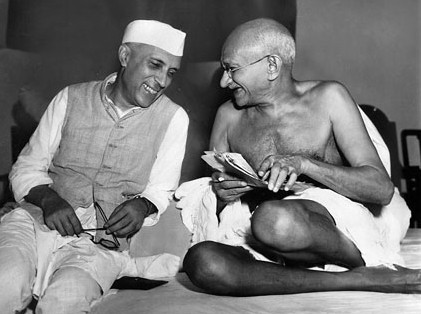
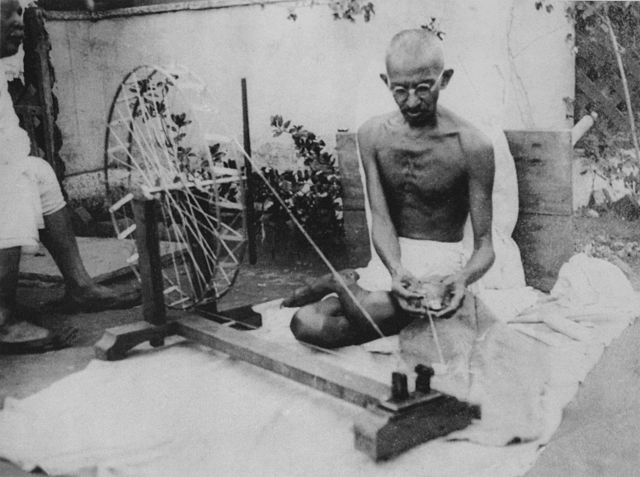
The Father of the Nation orders the British to quit India
He moved to another ashram in 1936 and started the independence movement from here. When World War II outbroke, the Congress Party supported the British war efforts, but they always failed to fulfill the promised concessions in return. Gandhi first demanded that the British leave India in 1940, which led to the arrest of the entire party leadership, including Gandhi. Two years later years he openly requested from the British to “Quit India”.
The wife of Gandhi died in prison in 1944. The day she died (22nd February) became Mother’s Day in India. Gandhi was also in jail at that time. They only released him because he had malaria, and the British were afraid that it would come to an uprising if he also lost his life in prison.
India gains independence at the cost of the partition of Pakistan
The Congress and the Muslim League have begun talks with the British about the independence of the country. The Congress Party, formed in 1885, was the only party for a long time. It represented Indian politics itself. The common goal to expulse the British could temporarily unite Hindus and Muslims.
But as the religious conflicts intensified, Jinnah quit and founded the Muslim League.
In 1933, he came up with the idea to establish a separate Muslim-only state called Pakistan.
Under the pressure of the events, the Indian National Congress gave its consent to the new state. But did not abandon its policy to reduce the existing religious and ethnic conflicts. The Congress said that religion and statehood must be separated and continued to fight for a social structure beyond the caste system. Even the constitution included these principles.
On 14th August Pakistan, while on 15th India gained independence in 1947.
Gandhi refused to attend the ceremony as he was deeply disappointed that his country gained independence at the cost of losing its unity. Bloody clashes between Hindus and Muslims began immediately after the declaration of independence. Five million Hindus, Sikhs, and Muslims were displaced, and thousands died on their way. Gandhi was blamed for being biased by both sides. So he gave his vow in Kolkata to fast until his death.
Under these circumstances, the extreme Hindu Mahasabha organization gained popularity. It was initially a response to the Muslim League. The Mahasabha evoked hatred against the Congress leaders. They considered them traitors who wasted the thousand-years political and religious heritage of the country. But Gandhi never wanted that India gains independence by the separation of Pakistan. In his view, it was much worse than the British occupation. It is the reason why he did not even show up at the independence celebration.
Gandhi stated that if they want a Muslim state, they should take all the Muslims (there are currently 11-12% Muslims in India, and their number amounted to 25% before the partition). Besides, the national wealth must also be divided proportionally between the two countries.
“Vivisection” – Many of those Indians who supported an independent Pakistan also used this term for the partition.
The assassination of Gandhi
On 30 January 1948, in preparation for the regular evening prayer, Gandhi walked out to his garden.
Nathuram Godse, a Hindu journalist and the leader of the extremist organization Mahasabha stepped out of the waiting area and fired at Gandhi three times.
Learn 30 incredible facts about India
All Gandhi could say was: Ram, Ram – My God, my God. These last words of him appear on the black marble block dedicated to Mahatma Gandhi. His ashes were thrown in a holy river according to Hindu tradition. Two million people escorted the “Father of the Nation” on his final journey.
Before any official declaration about the assassination, the scariest rumors spread and created unrest and outrage. Just two hours after the death of Gandhi, robbery and murders caused turmoil in Bombay. The police tried to restore the order with weapons while the crowd fought with stones and knives. People capsized buses and trams. Entirely unfounded, someone spread that the perpetrator was a member of the Muslim League.
But the killer was not a Muslim. He was called Nathuram Godse, and he was the local secretary of the nationalist Hindu Mahasabha organization. When the news reached the alleyways of Bombay, the situation changed. Now Hindu extremists became the targets of attacks by other Hindus.
Just ten days before the murder of Gandhi, an unsuccessful assassination attempt had already taken place. That time they captured the perpetrator, who was also a Hindu. It happened at the same spot (Birla house) at the same time of day. But this issue has not been brought to the attention of the general public. After that, they banned Mahasabha and arrested the leaders. The trial took place in the Red Fort of Delhi.
At the hearing, Godse testified: “I am the sinner myself. It was my obligation to end the life of the so-called “Father of the Nation”, who has played a major role in vivisecting the country.” On 11th November in 1949, Nathuram Godse and Narajam Apte were hanged.
The birthday of Gandhi, the 2nd of October, is National Day in India. The UN declared the same date as International Non-Violence Day.
Pin it for later!
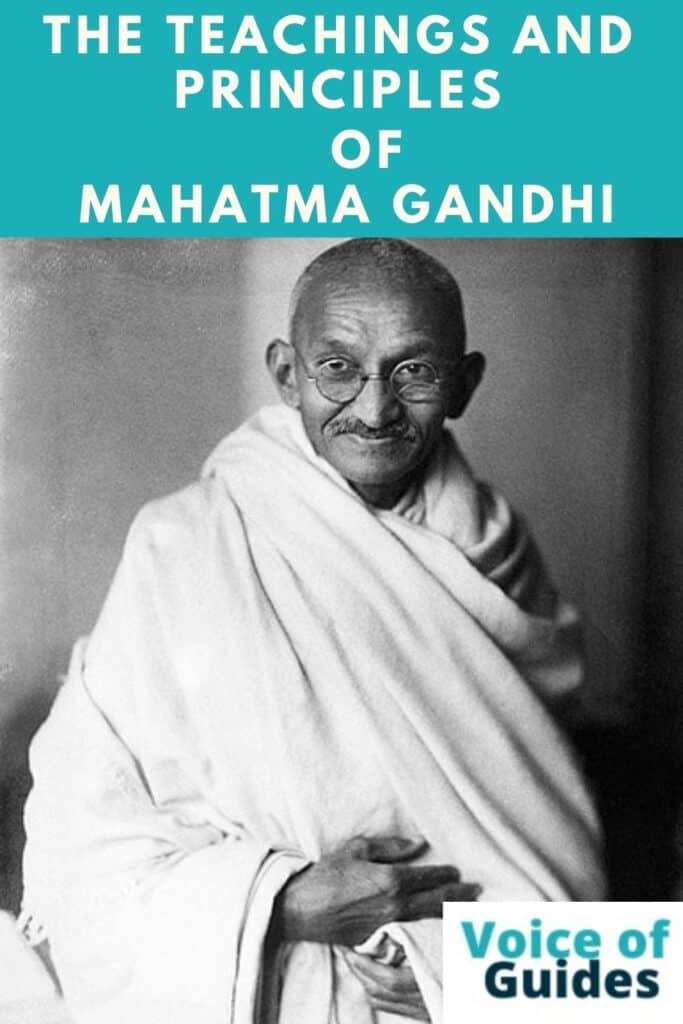

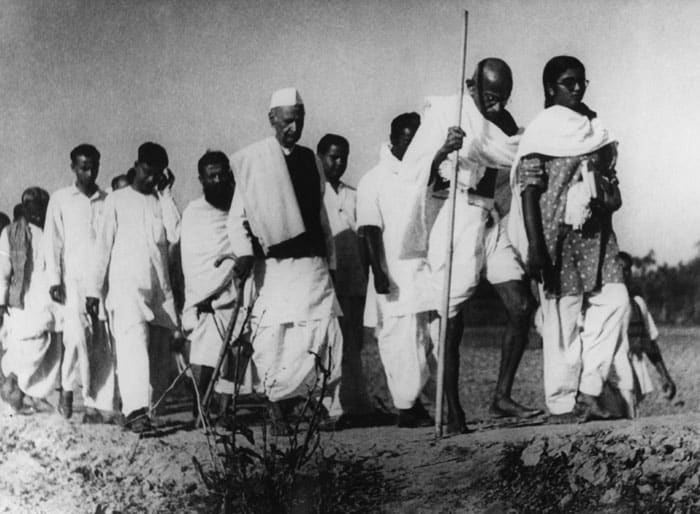

Pingback: 30 interesting facts and stories about India | Voice of Guides